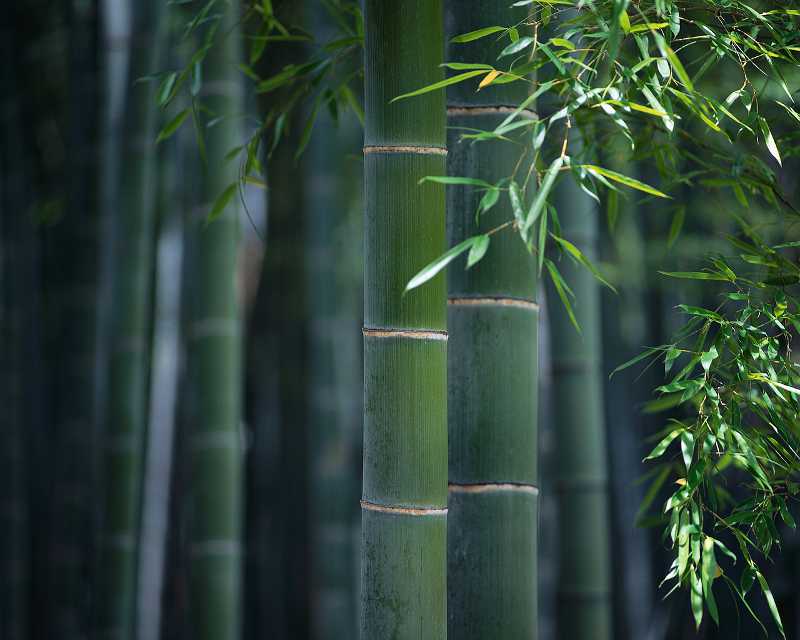FWP:
MUSIC verses: {10,3}; {13,1};
{15,10}; {15,19x}; {18,7x};
{21,8}; {29,10x};
{71,1}; {90,4}; {91,6}; {98,3}*, mystical; {126,1}; {130,6x}; {147,3}; {149,2}; {153,5}; {169,6}; {169,8}; {169,10}; {172,3}; {175,5}; {177,2}; {196,1}; {211}*, na;Gmah hai // {280x,5}; {280x,7}; {283x,3}; {283x,5}; {319x,7}; {320x,2}; {321x,4}, about the chang ; {322x,5}, 'uncreated garden'; {322x,6}, 'cut throat'; {355x,4}; {361x,4}; {384x,3}; {410x,4}; {421x,3}; {431x,1}; {434x,11}, of poetry; {435x,1}
For the few verses about drawing or painting, see {6,1}. Verses with dance imagery: {282x,1}; {285x,2}.
ABOUT REEDS: The ghazal world has various uses for the naistaan (also scanned nayastaan ) or reed-thicket (see the definition above). Here, the straw grows into a reed-thicket, which is a source of reed-flutes (bamboo is one species within the same larger family); {130,6x} also speaks of growing such a reed-thicket, while {169,6} warns against the allure of such a flute; see also the abruptly assertive {196,1}, and {361x,4} with its enjoyable theory of flute-construction. Reeds can also be woven into a reed-mat [boriyaa], as in {18,7x}, which makes the relationship clear; more examples include {4,13x}; {26,5}; {165,5x} // {361x,7}. And {200,4x} envisions the reeds as being used to make the shafts of arrows. Reeds can also be made into pens for writing or drawing, as in {433x,3}.
Lots of long aa sounds, a very flowing verse-- appropriately for a study of music-making.
There's an elegant ambiguity in reshah , which can be either alive, like a nerve, or merely passively organic, like a fiber (see the definitions above). Thus 'vein' seemed the best single English translation. So the image evoked in the second line is either just a 'straw'-turned-flute clutched in the lover's teeth, or something actually sentient in its own right, a living extension of the quivering nerves of the reed-thicket. Do we then link music directly, organically, to pain? Or instead, is music linked to the suppression and sublimation of pain?
Nazm's phrase 'the root of lamentation' also captures something of this ambiguity. In Persian (though not in Urdu), riishah also has a prominent meaning of 'root'. Since Ghalib is so Persianized in his vocabulary, he might have had 'root' in mind as well. I thank Farhad Saheli for pointing out this possibility (June 2008).
There's also, in Persian, the famous introduction to the Masnavi of Rumi, in which the reed-flute laments its separation from the reed-bed. Here's an article on that subject, *'The Crisis of Identity in Rumi's "Tale of the Reed"'* by Firoozeh Papan-Matin (2005).
For an even more potent imagining of the power of a suppressed naalah , see {44,2}. For other 'straw in the teeth' verses, see {155,3} and {226,1}. Compare also {130,6x}, with its less dramatic treatment of a very similar idea.
We may also think of Krishna and his flute; but there's no reason to believe that Ghalib did. (Or, for that matter, that he didn't.)
Note for meter fans: Here we have nayastaa;N
, scanned - = = ; in {18,7x} we have naisitaa;N
, scanned = - = . Meanwhile the spelling remains unchanged. For more
such conveniently permitted fluctuations, see the Glossary in the Practical Handbook of Urdu Meter.

Nazm:
The custom is that when someone is oppressed by someone's grandeur and overbearingness, he takes up a piece of grass or straw and holds it between his teeth, so that the person will take him for an obedient and conquered one and no longer seek to kill him. The poet says that not even the grandeur and overbearingness of the murderer caused my laments to cease. The straw that I took in my teeth as an expression of submission became a vein of a reed-thicket, and it's obvious that the flute grows in a reed-thicket, and the flute is a master of lament; in short, that straw became the root of lamentation [naalah-kashii kii ja;R]. (10-11)
== Nazm page 10; Nazm page 11